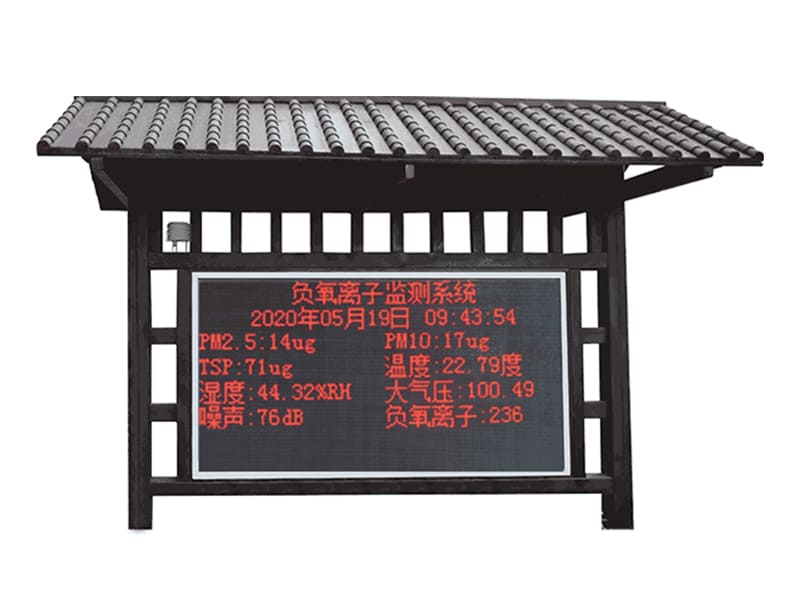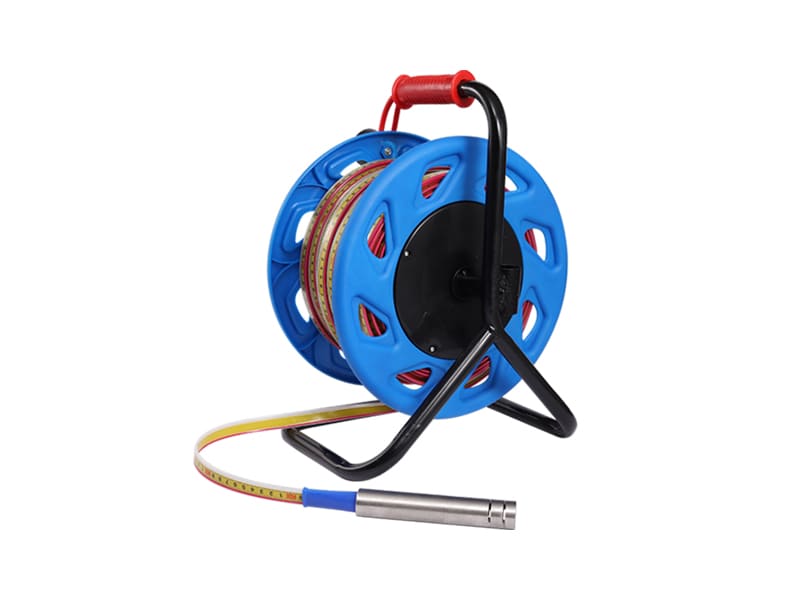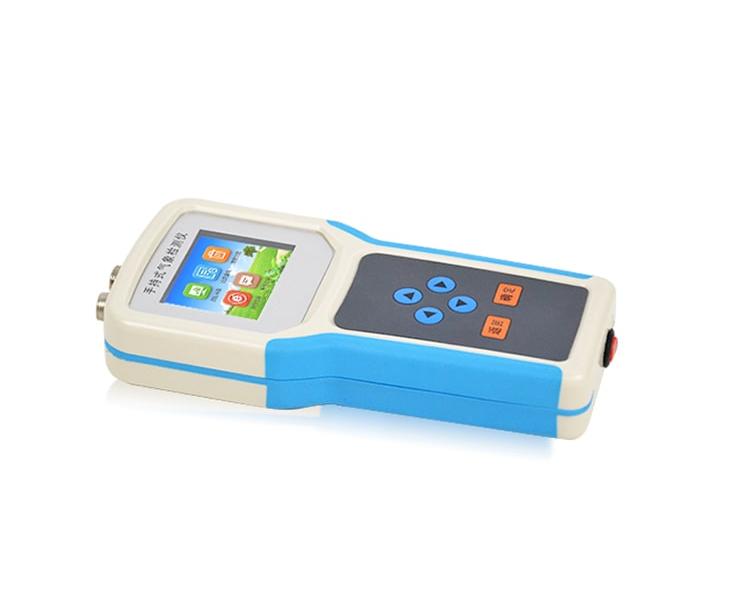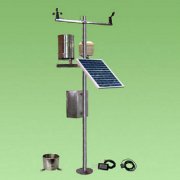
Overview:
The online monitoring system for atmospheric negative oxygen ions is a real-time environmental and meteorological monitoring and release system used in forestry, scenic spots, parks, environmental protection, meteorology, agriculture and other fields. It mainly focuses on centralized monitoring and management of air quality and environment in scenic spots and humidity parks. It is an automated monitoring system that can be continuously monitored and recorded 24 hours a day by no one. The system can monitor and record the air quality over a large area, and transmit the data in real time to a PC. The system monitoring software is used for data storage and analysis, and historical data and curve graphs are output and printed. It can also provide on-site sound and light alarms, telephone alarms, mobile SMS alarms, network client alarms, etc.
The negative oxygen ion monitoring system can simultaneously monitor multiple environmental factors and can be expanded or reduced according to user needs, transmitting data of the monitored environment 24 hours a day. The independently developed modular structure design allows for the interchangeability of various sensors, and comes standard with professional mounting brackets. It allows for the installation of instruments and equipment on walls or columns, making it extremely convenient for later operation and maintenance.
The negative ion online monitoring system for scenic spots, tourist attractions, LED large screen display, negative ion online monitoring system, meteorological bureau atmospheric negative oxygen ion automatic monitoring system, air negative ion environmental monitoring system, negative ion online monitoring system, meteorological bureau atmospheric negative ion automatic monitoring system, air negative ion environmental monitoring system.
System characteristics
Real time collection of air quality and environmental data, with a collection interval of MS level and fast response.
Track and record the environmental changes at each point throughout the entire process;
Users can view and analyze data through data management software, and archive and print charts or reports;
◆ LCD display, on-site real-time air quality environment is clear at a glance;
Digital signal output, interface with RS485 communication. Multiple communication methods can be expanded according to actual needs, such as WiFi, GPRS transmission, etc;
◆ The output control function can be expanded as required, and the air quality monitoring system can well cooperate with the park spray system to achieve data sharing and display. The monitoring system can not only operate independently with the spray system, but also realize linkage and intelligent control with the spray system.
◆ High stability and can work continuously 24 hours a day.
The entire machine adopts a lightning protection design, which is not easily damaged in areas with frequent thunderstorms.
System composition:
The system consists of an atmospheric negative oxygen ion monitoring system, a meteorological environment monitoring system, a data display and analysis system, an early warning control system, a wireless transmission system, a backend data processing system, and an information monitoring and management platform; The data platform is a networked platform with Internet architecture, which has the monitoring function for monitoring stations, as well as the alarm processing, recording, query, statistics, report output and other functions for data.
Provide powerful monitoring functions, with the following characteristics:
1. This system is a set of unmanned monitoring stations that can continuously collect and record changes in air quality at monitoring points in real-time 24 hours a day. It displays and records monitoring information in real-time through various methods such as digital, graphical, and image formats. The monitoring points can be expanded to thousands of points.
2. The upper and lower limits of alarms for each monitoring point can be set, and an alarm signal can be automatically issued when there is abnormal data at the monitored point. The alarm methods include: on-site multimedia audio, sound and light alarm, network client alarm, mobile SMS alarm, etc. Upload alarm information and conduct local and remote monitoring, and the system can notify different duty personnel at different times;
3. The air quality monitoring software adopts a standard Windows full Chinese graphical interface, which displays and records the air quality values and curve changes of each monitoring point in real time. It collects historical data, upper limit values, lower limit values, average values, and cumulative data of the monitored quality data.
4. The system can expand various record data analysis and processing software, capable of drawing bar charts, pie charts, curve fitting and other processing. It can output in the format of text or enter office software such as Excel spreadsheets for data processing.
5. Powerful data processing and communication capabilities, using computer network communication technology, any computer in the local area network can access the monitoring computer, view the air quality changes at the monitoring points online, and achieve remote monitoring.
6. The development of control software adopts software engineering management, with strong openness and scalability. Due to the software based system design concept of hardware functions and the modular and communication network design of system hardware, the system can upgrade software functions and expand hardware types as needed.
8. When designing the system, interfaces are reserved for adding or removing hardware devices at any time. The system only needs to make small changes and can be completed in a very short time.
9. All systems are reliably grounded to prevent static electricity.
10. The system adopts single and multiple bus wiring, which greatly reduces the amount of wiring work, wires, and engineering costs. And since it is a digital signal, there will be no transmission error or signal loss.
- Previous: no more
- Next: no more



 Current
Location:
Current
Location: +86 17853698681
+86 17853698681 WhatsApp
WhatsApp Product Details
Product Details Related Products
Related Products









